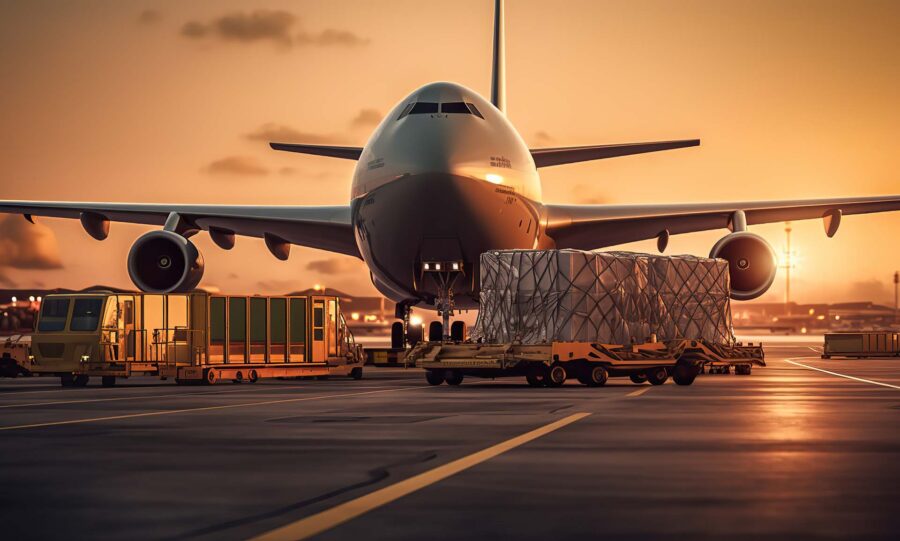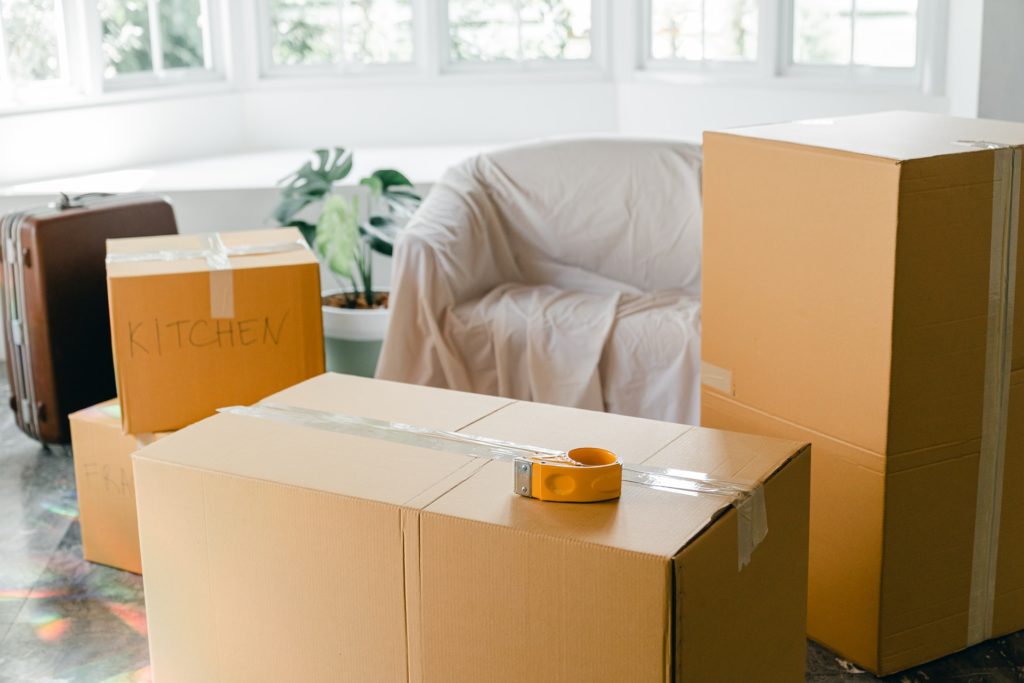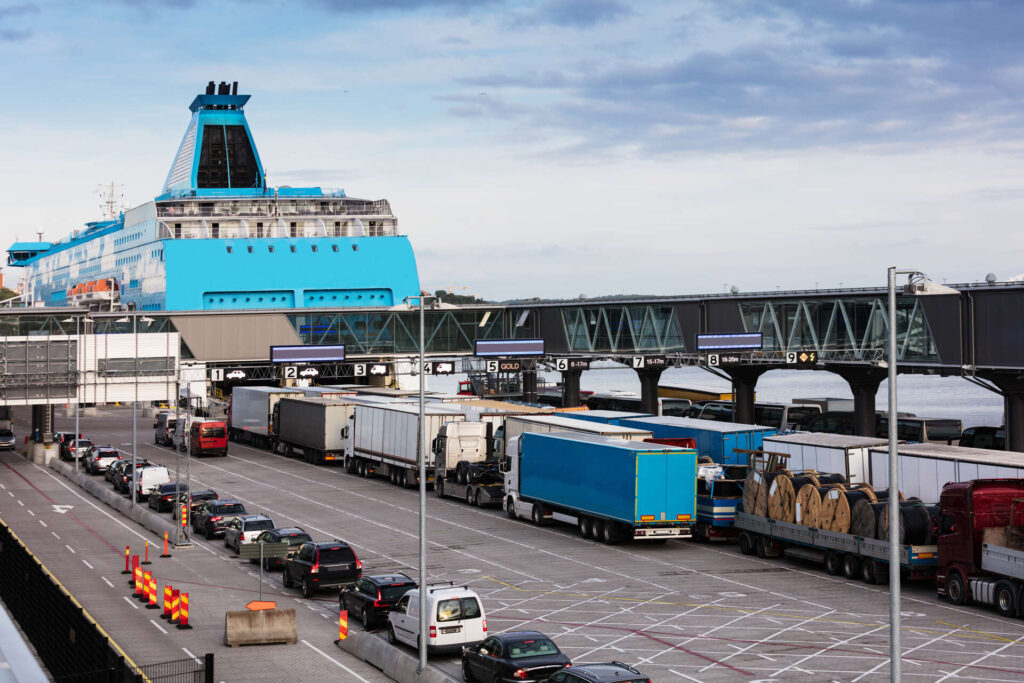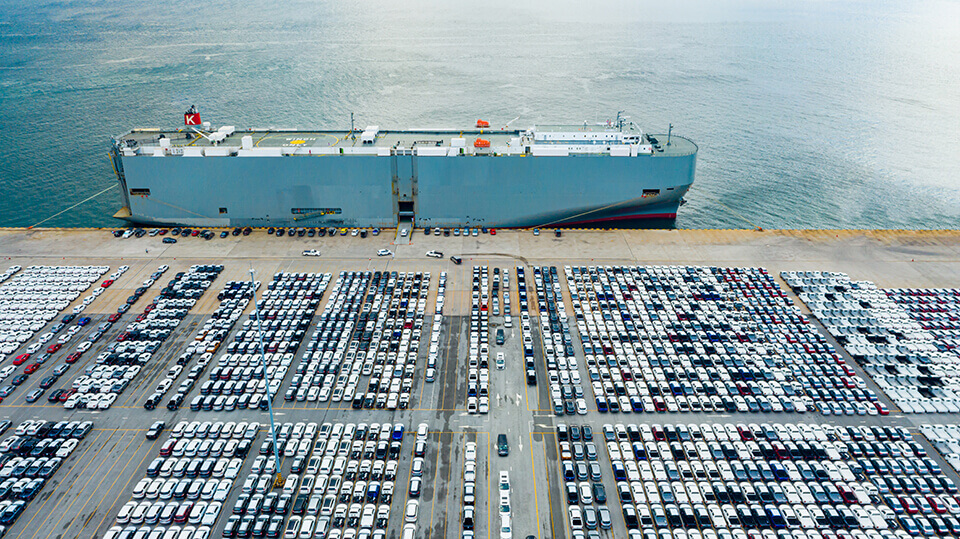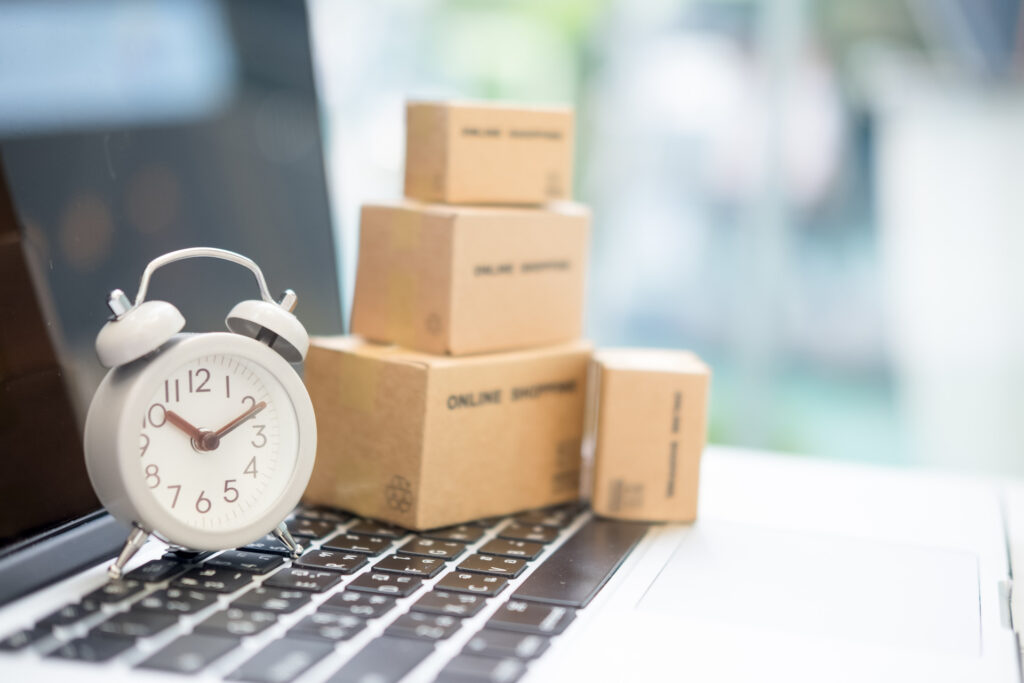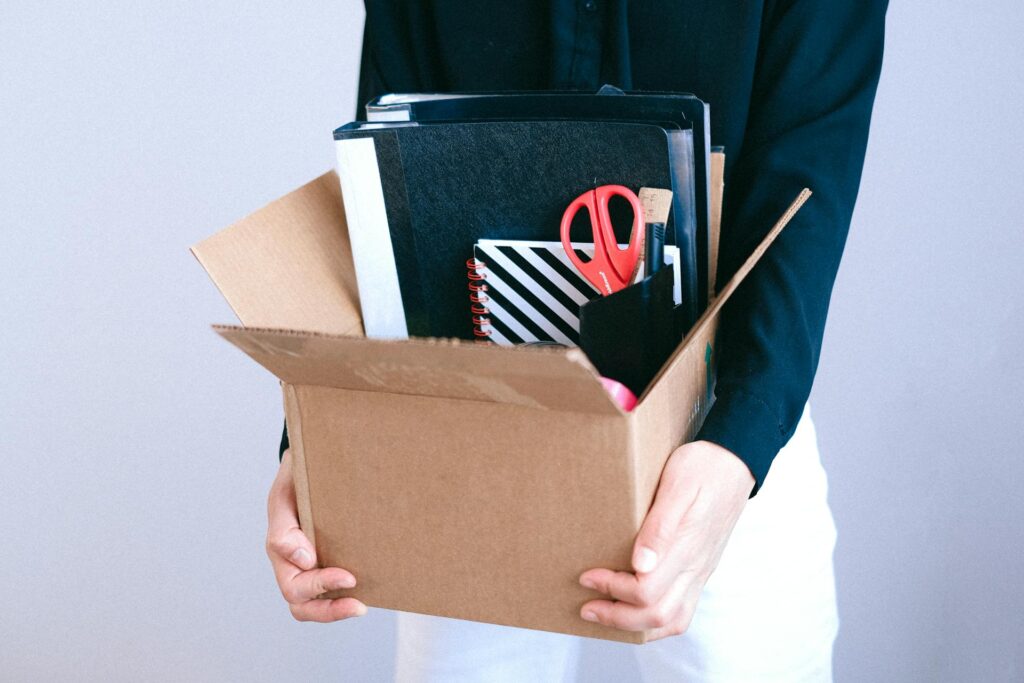Relocation can be a complex process, filled with unique challenges and exciting opportunities. Whether relocating for work, family, or simply a change of scenery, learning the best way to move internationally is crucial. From navigating international shipping options to understanding local customs, every detail matters. Luckily, our tips will simplify your move. Incorporate our advice into the moving abroad checklist and be prepared for a smooth trip!


What is the Best Way to Move Internationally?
Moving abroad efficiently across borders requires careful planning.
Start by researching the destination country thoroughly, including its customs, language, and laws.
Next, create a detailed timeline that covers all phases of the move, from packing to arrival.
Also, hiring experienced movers who specialize in international relocations can greatly simplify the process.
These professionals can handle the logistics of shipping belongings, navigating customs, and making sure that everything arrives safely. Additionally, consulting an overseas relocation guide will provide valuable insights and international moving tips to make the transition smoother and more organized.
Start With a Perfect Plan – Detail All Tasks
To plan a relocation effectively, detailing every task ahead of time is essential. This meticulous approach is the best way to avoid relocation stress, allowing for a structured and manageable transition. Each phase of the relocation process should be mapped out with clear objectives and deadlines. Here are some critical tasks to include in the planning phase:
- Research the destination country – Learn cultural norms, weather conditions, and legal requirements.
- Learn the local language basics – Even basic phrases can make daily interactions smoother.
- Secure appropriate visas and work permits – Start this process early to avoid delays.
- Create a budget – Include all costs related to the relocation.
- Gather necessary documents – Ensure all personal records are up to date and accessible.
- Use secure packaging tips – Purchase high-quality packaging materials and start boxing up the least used items first.
Learn All About the Country You Want to Relocate To
Learn about the destination country in depth to have an easier time adjusting. Find out more about cultural norms, economic conditions, societal expectations, and common practices to be prepared for all culture shocks that might arise.
Resources such as expatriate forums, cultural orientation guides, and books written by those who have lived in the country are invaluable. For instance, learning about Japan’s intricate etiquette around gift-giving or Brazil’s relaxed attitudes towards time can prevent potentially awkward situations. Engaging with documentaries and news channels from the country also provides insights into current events and social dynamics.
Practice Some Common Phrases in the Foreign Language
Taking the time to learn the new language before relocation can dramatically improve the initial experience in the new environment. Starting with common phrases allows for basic communication. They are essential for daily interactions such as shopping, using public transportation, and introducing oneself.
Language learning apps, online courses, and local language meetups are excellent resources for picking up essential vocabulary and phrases. Moreover, community language classes or private tutoring can offer more personalized learning experiences. Practicing these phrases regularly through conversation exchanges can build confidence; then when you arrive you can meet the new neighbors right away.


Creating a Moving Timeline
Creating a timeline is a must when relocating to a new country. Establishing key milestones helps in organizing the process methodically. It is crucial to allow ample time for visa and immigration processes, as these can often take longer than expected.
Scheduling important tasks such as securing housing, finalizing employment details, and preparing a packing list should be done well in advance. Incorporating buffer times for unexpected delays also helps in maintaining the timeline’s effectiveness.
Begin Budgeting for the International Move Months in Advance
Starting to budget months in advance is a strategic approach. Estimate moving overseas costs comprehensively, including expenses for travel and temporary housing, to craft a thorough relocation budget.
To save money to relocate, it is advisable to compare quotes from different movers and take advantage of better rates in the off-peak times.
Additionally, setting aside funds for unforeseen expenses ensures that the budget remains flexible and realistic. Regular reviews and adjustments to the budget based on actual spending patterns also help in managing finances more effectively throughout the relocation process.


Gather Important Documents – Have Them Nicely Organized
Gathering important documents is paramount when moving internationally for the first time, as these documents will be required for a variety of legal and logistical reasons. Necessary documents often include:
- Passports,
- Visas,
- Birth certificates,
- Marriage certificates,
- Medical records,
- Educational certificates.
On top of this, financial records, contracts, and previous rental agreements should be securely stored. Organizing these documents in labeled folders (both physical and digital) is advisable. Creating digital backups stored on cloud services offers an extra layer of security and accessibility.
Secure Visas and Work Permits
Securing visas and work permits should be high on your to-do list. Learning about visa requirements is the first step. This includes determining which type of visa or permit is needed based on the purpose and duration of the stay.
Applying for the appropriate permits early is crucial, as processing times can vary significantly by country and visa type. Keeping track of application timelines and any correspondence related to visa applications helps to avoid delays. Set reminders for key dates so that all paperwork is submitted on time.
Notify Relevant Parties and Update Personal Information
Notifying banks and other institutions about a change in address is another step. Update the mailing address so that important correspondence continues to arrive without interruption. It is advisable to inform these entities as soon as the new address is confirmed, ideally a few weeks before the transition.
If applicable, notifying utility companies to arrange final billing statements or to transfer services can prevent future complications. Keep a checklist of all organizations that require notification to track this process efficiently, making sure that no critical updates are overlooked.
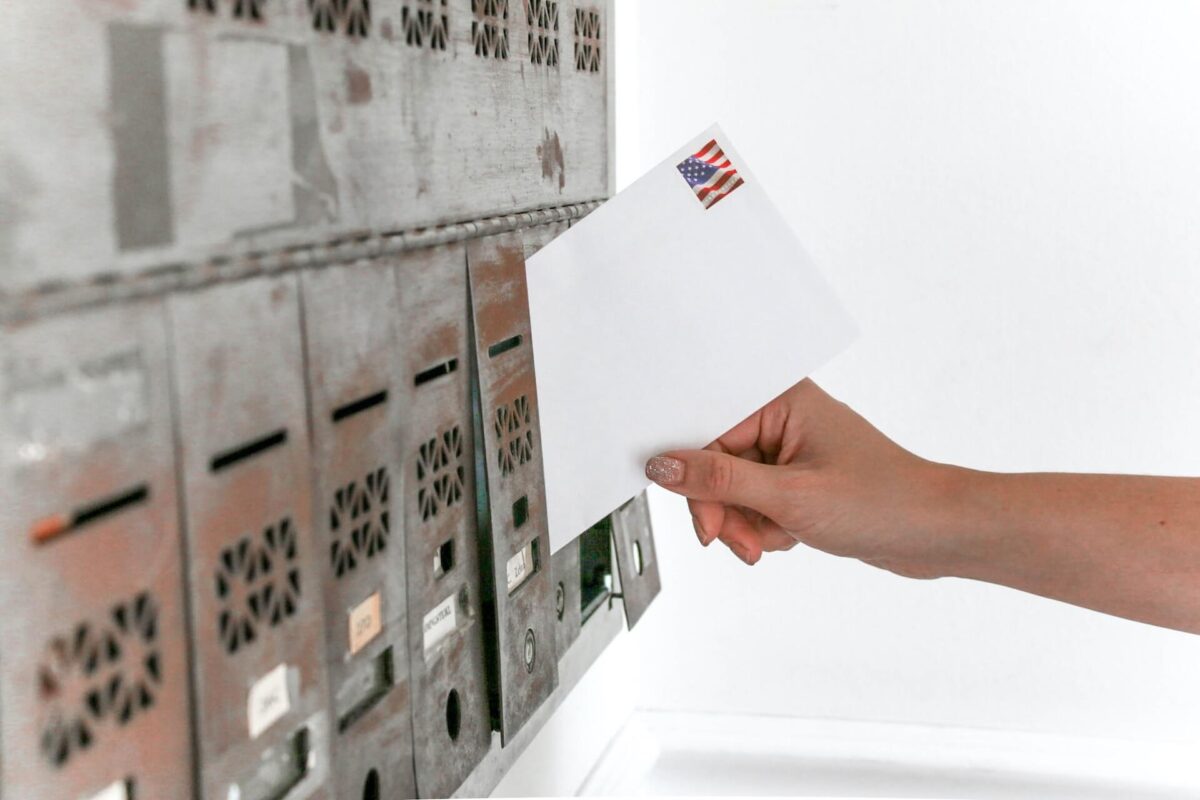

Choose a Reliable and Reputable Moving Company
Selecting a good international moving company is crucial for a smooth relocation process. When choosing a company, thorough research is essential. Start by examining customer reviews and testimonials to gauge the quality of service. Make sure the company has extensive experience and adheres to all legal shipping requirements, like Sunset International Shipping does.
Pay attention to red flags such as lack of proper licensing, negative customer feedback, unusually low quotes that seem too good to be true, and non-transparent pricing structures. A trustworthy moving company will provide a clear contract and a detailed breakdown of moving by sea services.
Invest in Custom Crating for Fragile Items
Custom crating involves creating specially tailored boxes and protective enclosures designed to shield delicate items from damage. Examples include wooden crates for artwork, sculpted foam inserts for electronics, and reinforced containers for shipping overseas musical instruments. These custom solutions provide superior protection compared to standard boxes and wrapping materials.
When opting for professional crating services, you can make sure that valuable and fragile belongings such as a valuable gaming set or special antiques arrive at their new destination in the same condition they left.
Gradually Package Household Items
Begin with the least used rooms and items that won’t cause you to disrupt your daily life. Items that are seldom used, such as seasonal decorations or special occasion dinnerware, should be packed first. As each room is packed, clearly label each box with its contents and the room it belongs to.
Use sturdy boxes, and wrapping items securely in bubble wrap or packing paper helps prevent damage. Packing efficiently also involves creating an inventory list for tracking items so that nothing gets lost or forgotten during the transition.
Try to Declutter to Reduce the Load
Sort through belongings and decide what to keep, sell, donate, or discard. Items that haven’t been used for a year or more, duplicate items, and things that won’t fit or suit the new home are good candidates for removal.
Selling items through online marketplaces can generate extra funds for the relocation. Donating items to charity shops or giving them away to friends and family can also be fulfilling. This decluttering process not only lightens the load but also ensures that only necessary and valued items make the journey.
Use Proper Packaging Materials
Essential supplies include sturdy cardboard boxes of various sizes, packing tape, bubble wrap, packing peanuts, foam inserts, and stretch wrap for furniture. For fragile items, using specialized dividers for boxes and foam enclosures can provide additional protection.
On top of this, know that you can get free packing supplies on Craigslist if relocating on a low budget. Collecting newspapers from local community centers or coffee shops can also serve as cost-effective padding for packaging boxes. Properly using these materials guarantees that items are securely packed and protected against the rigors of transport.
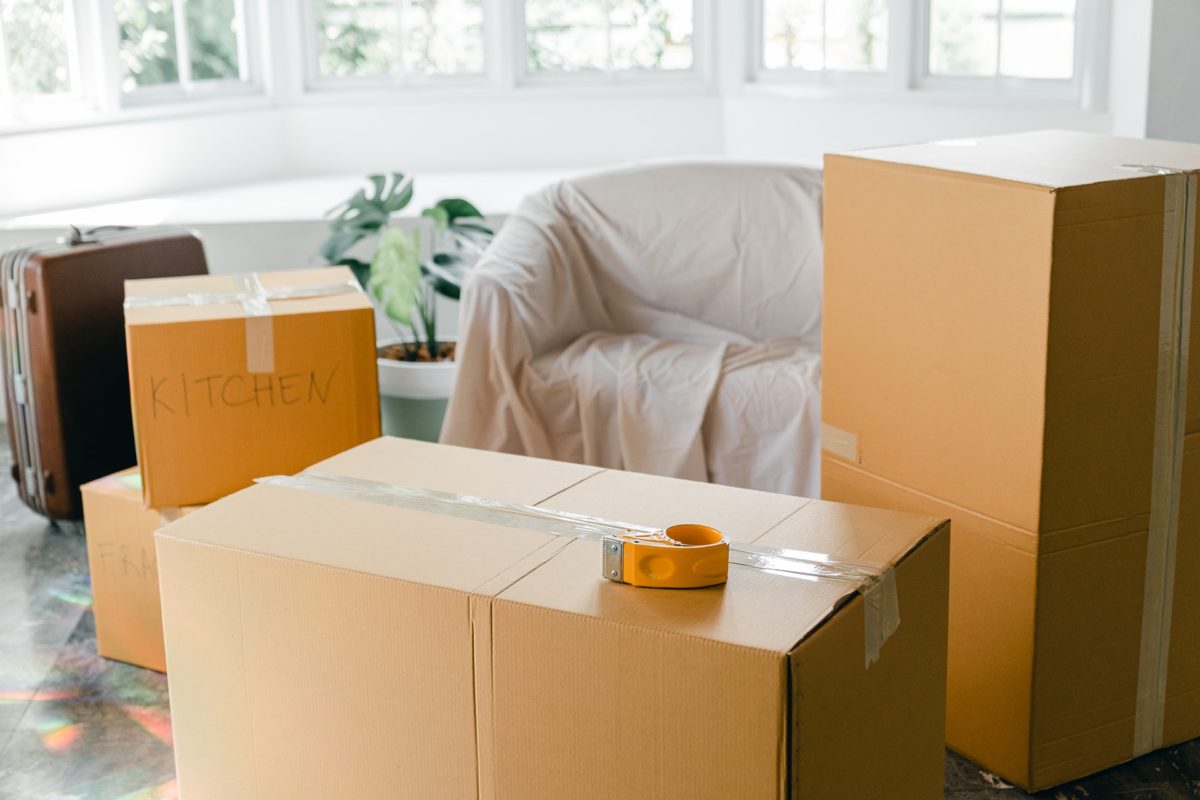

On Moving Day, Have Everything Ready for Movers to Take
Make sure that all items are packed, labeled clearly, and organized for easy access. Boxes should be marked with both contents and their designated room in the new residence to simplify the unloading process.
An essentials box containing items needed for the first night—such as toiletries, a change of clothes, and basic kitchenware—should be packed last and kept accessible. If investing in packing services, pre-sort all items that need to be packed. Tipping movers for their service is also a considerate gesture, recognizing their effort in facilitating a smooth transition.
Finally, Settle Into the New Country Smoothly
To speed up the adjustment process, start by exploring the local area to familiarize oneself with essential amenities such as grocery stores, medical facilities, and public transportation routes. Registering with local authorities and setting up necessary services like banking, internet, and utilities should be prioritized to establish a functional living environment.
Joining local groups and activities can also aid in integrating into the community, providing opportunities to meet new people and develop a support network. Taking proactive steps to engage with the local culture and community can significantly enhance the settling-in experience.


Reach Out to the Best Company – Sunset International Shipping
A successful relocation begins with thorough planning and organization, from understanding the nuances of your destination country to preparing and packing your belongings effectively. Utilizing the services of a reputable overseas shipping company can simplify the complex process of moving abroad.
For all your international relocation needs, including custom crating and moving by sea, contact us at Sunset International Shipping. Our expertise ensures that every aspect of the move is handled with precision and care, making the transition as smooth as possible. Trust Sunset International Shipping to be your partner in navigating the challenges of moving abroad.
Frequently Asked Questions About the Best Way to Move Internationally
Choose an international relocation company by carefully evaluating the movers’ credentials and experience. It’s advisable to read customer reviews and seek testimonials to gauge their reliability and global relocation services quality
First, find out more about visa and residency requirements for the destination country. Next, create a comprehensive timeline and checklist that includes tasks such as securing housing and scheduling the transfer of utilities. Lastly, figure out cross-border moving solutions and arrange for the movers to pack and ship your belongings.
Essential documents for an international move include passports, visas, work permits, and residence documents. Medical records, birth certificates, marriage certificates, and academic records should also be gathered and kept accessible.
Minimizing stress when relocating to another country can be achieved by thorough preparation and organization. Starting the planning process early and maintaining a detailed checklist can help keep track of numerous tasks. Engaging with a support network of friends, family, or professionals who have experience in international relocations.
Best practices for packing personal belongings for an international move include using high-quality packing materials. Labeling boxes clearly with contents and the intended room in the new home helps with efficient unpacking. Fragile items should be packed with extra care, to withstand the rigors of long-distance transit.





